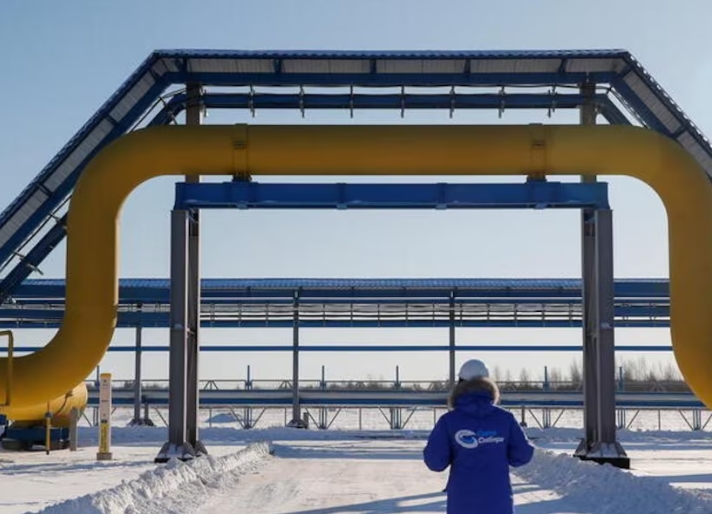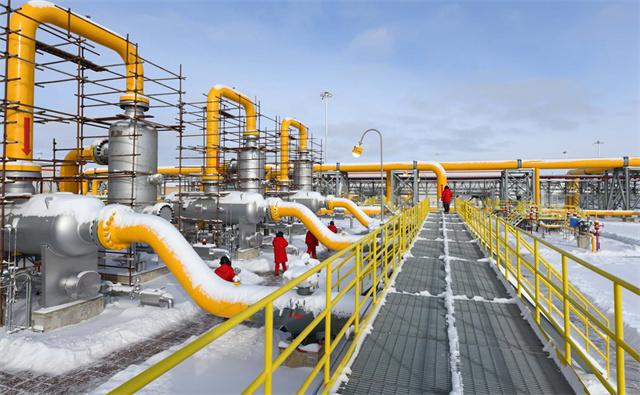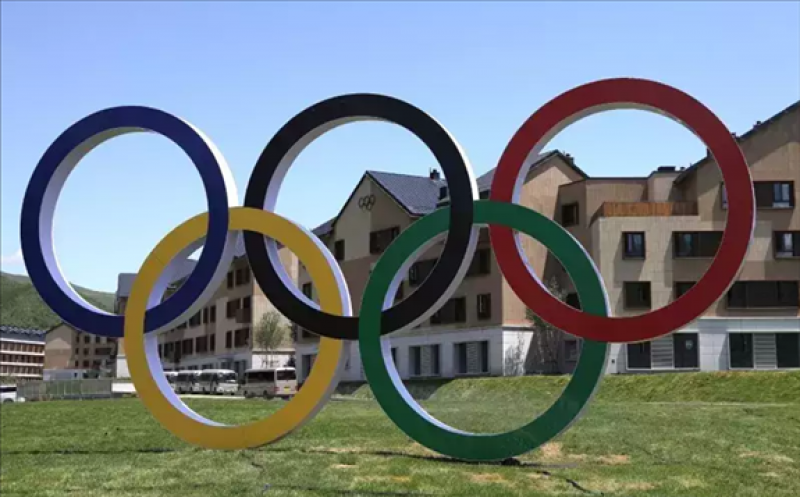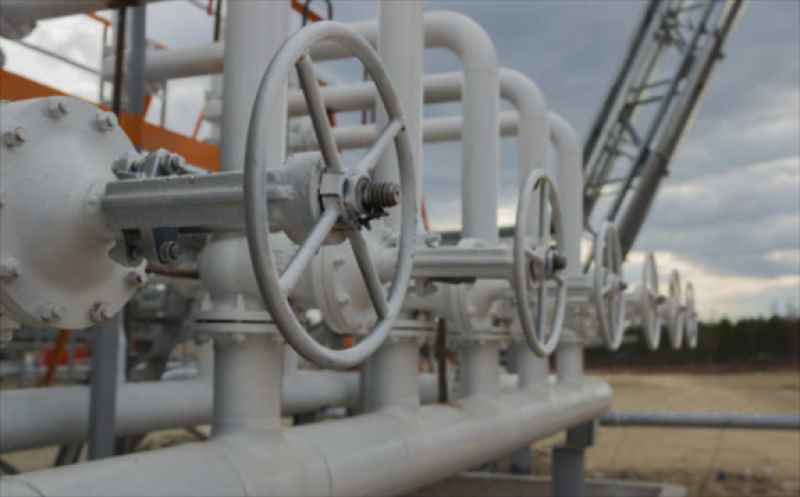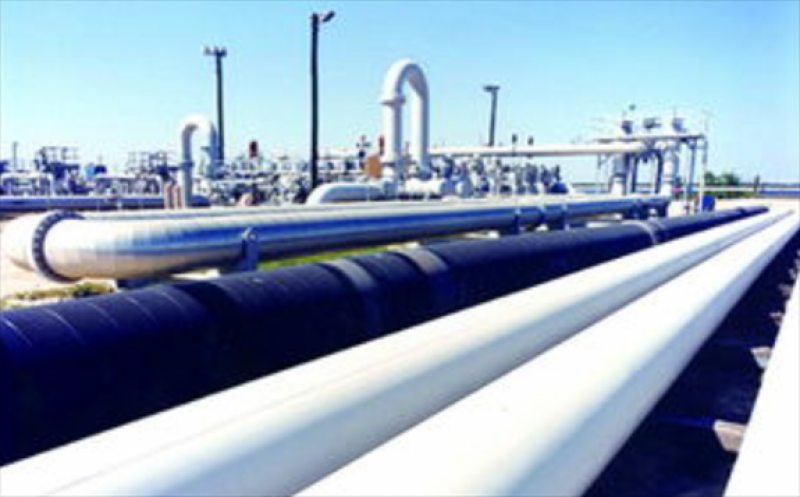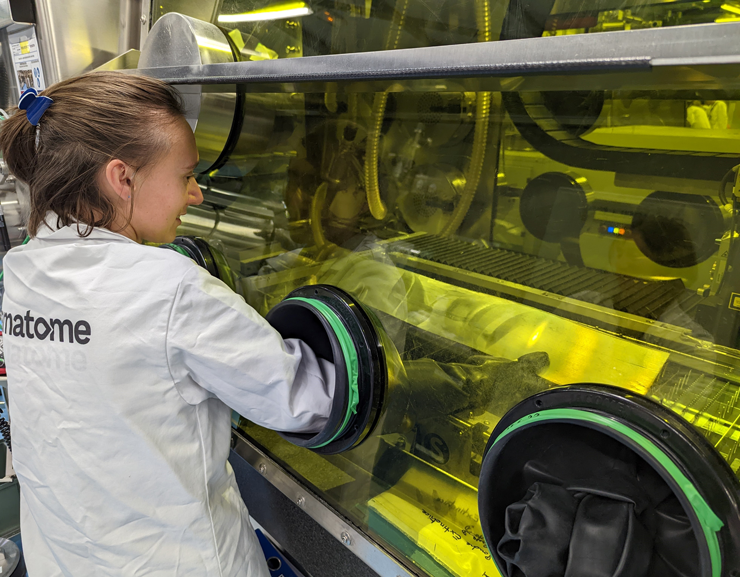
A Framatome operator fabricates U-Mo foils at CERCA. (Photo: Framatome)
Framatome is prepared to manufacture a novel molybdenum-uranium (U-Mo) fuel to extend the life and safe operation of the Forschungsreaktor München II (FRM II) research reactor in Germany. A new fuel supply—one that uses uranium enriched to less than 20 percent U-235—means the FRM II can continue to supply neutrons to industry and the scientific community. The fuel is “Europe’s low-enriched fuel with the highest density ever realized for research reactor operations,” according to Framatome’s April 27 announcement.
In March, Framatome announced it had completed the fabrication of a TRIGA uranium-zirconium hydride metallic fuel element—the first to be produced in a decade. TRIGA fuel production is ramping up to support continued operation of TRIGA research reactors in the United States and around the world, and it is only produced at Framatome’s CERCA site in Romans-sur-Isère, France. The facility has expertise in uranium metal–based alloy fuels—and is the same site that will supply fuel for the FRM II.
Fueling German neutron research: FRM II, which is operated by the Technical University of Munich (TUM), reached initial criticality in 2004 using high-enriched uranium (HEU) fuel to generate a dense neutron flux for scientific experiments and the production of medical radioisotopes.
Several years ago, TUM investigated the feasibility of switching FRM II to a low-enriched uranium fuel, and contracted with Framatome in 2019 to develop a U-Mo foils manufacturing technique to support the FRM II’s existing fuel technology of embedded foils in an aluminum cladding. CERCA researchers and operators worked with TUM to develop the main component of a monolithic U-Mo fuel, manufacture a prototype, establish a qualification procedure, and install a pilot line “in record time and within budget,” according to Framatome. Irradiation of the first U-Mo fuel plate prototype in FRM II is scheduled for September 2023.
According to TUM, which issued a news release of its own on April 28, “Complicated computer simulations and complex calculations have proven that enrichment of the fissionable uranium-235 of under 20 percent is viable, when monolithic uranium-molybdenum is used as a fuel material.” Those calculations were made by researchers at TUM and at Argonne National Laboratory with support from the National Nuclear Security Administration’s Office of Defense Nuclear Nonproliferation.
This German reactor has political support: FRM II operates in the German state of Bavaria. State leaders have expressed support for FRM II’s future operation without HEU fuel, and also for nuclear power generation in the state.
TUM’s April 28 news release welcomed the support of Markus Blume, Bavarian minister of science and the arts, who said, “We want Germany's most powerful research reactor to operate in the future with the most advanced low-enriched uranium fuel—and at the same performance levels as in the past. This will secure the neutron research which is elementary to so many future-oriented fields at the center of scientific activity in Bavaria. It is also an investment in the further development of these fuels. We are convinced: Strength in research and open-mindedness in technology without ideological tunnel vision are essential prerequisites for a good and secure future.”
Restarting TRIGA fuel production: The TRIGA research reactor model was designed by General Atomics for research and hands-on training activities, and more than 66 TRIGA units were built around the world, with about 38 still in operation. Framatome and General Atomics created the TRIGA International SAS joint venture in 1995 to market TRIGA fuel elements manufactured at CERCA Romans, but production was shut down in 2012.
With support from the U.S. Department of Energy’s Office of Nuclear Energy and after completing an $80 million modernization project, Framatome resumed TRIGA fuel production in December 2021. One year later, on December 7, 2022, teams from TRIGA International and CERCA presented the first new fuel element to the DOE in the presence of General Atomics.
According to Framatome, TRIGA-type fuel designs are now being explored for advanced reactors with applications beyond university training, including small modular reactors and microreactors.
